Dry gardening–called dry farming on a grander scale–is a strategy for gardening where rainfall and irrigation water are in short supply. By definition, dry farming is non-irrigated agriculture in a climate where there is 20 inches of rain or less a year.
Vegetables require water to germinate, grow, and fruit. Plant cells are made mostly of water. Vegetables take up nutrients through soil water. Drought is the condition under which plants fail to mature because they lack enough water.
Tools for Vegetable Gardeners at Amazon:
- A.M. Leonard Straight Rake with Ash Handle
- All-Steel Nursery Spade with D-Grip Handle
- 4-Tine Spading Digging Fork with D-Handle
- Digital Soil pH Meter Outdoors Greenhouse
- Earthwise Handheld Electric Fertilizer Spreader
But dry conditions and drought are two different things. If you live in a dry region where little rain falls each year, if irrigation is hard to come by or rationed, you can still have a productive vegetable garden.
Dry vegetable gardening is not gardening with no water; it is gardening with limited water and making the most of the water you have.
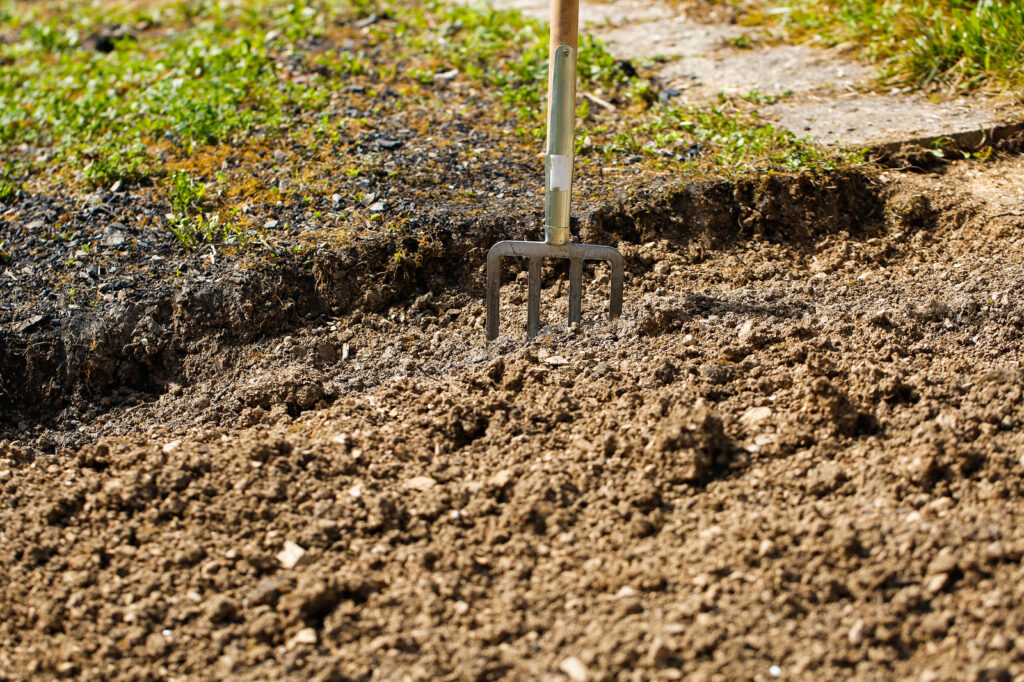
Dry gardening goals
Set four goals for yourself if you want to grow vegetables in a dry climate:
- Store annual rainfall in the soil for later use.
- Choose crops suitable for growth under arid or drought conditions.
- Sow and plant crops further apart than you would where there is ample water.
- Prevent direct evaporation of soil moisture during the growing season.
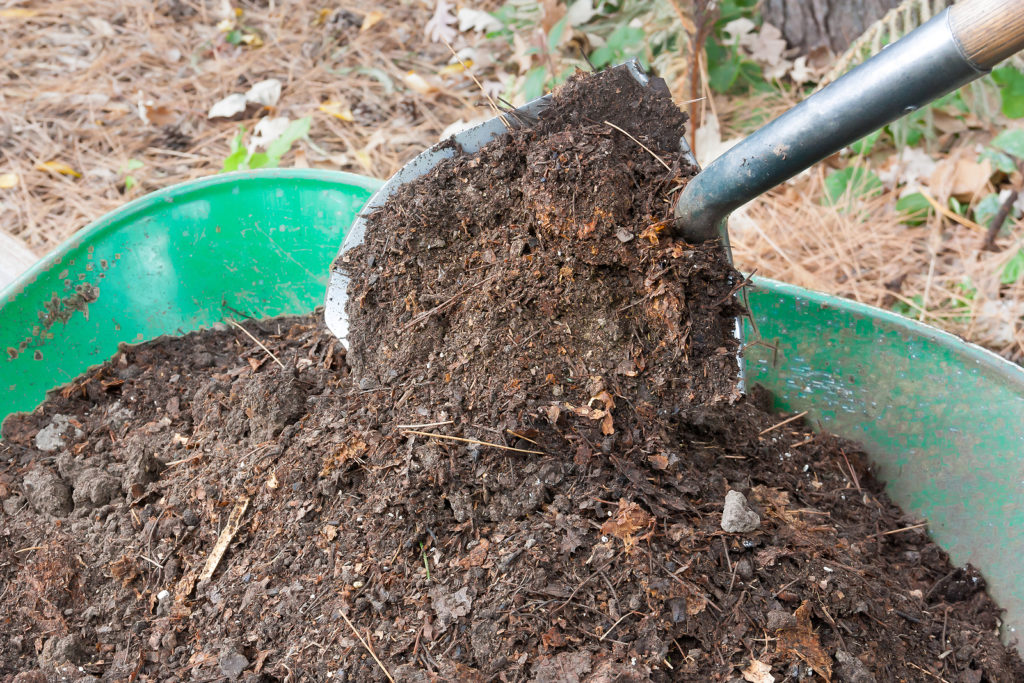
Dry gardening techniques
Here are simple practices to accomplish these goals and succeed as a dry vegetable gardener:
Add organic matter
Add aged compost and aged manure; the more the better. Add at least ¼ to ½ inch of compost to your garden twice a year in autumn and spring. Organic matter will improve all soils and will help your soil retain water.
Mulch
Mulch around maturing plants to retain soil moisture, block weeds, and promote a steady soil temperature. Use aged compost, straw, leaves, grass clippings, newspaper, or pine needles. Be careful not to apply compost directly next to plants’ stems; this could cause the stems to rot. Mulch will protect the soil from drying winds and the sun.
Remove weeds
Do not allow weeds to grow in your garden. Weeds compete with vegetables and other plants for water, nutrients, and light. Handpick weeds when they are just 2 or 3 inches tall. Or lightly cultivate weeds exposing their roots to drying wind and sun. Never allow weeds to set seed in your garden and multiply.
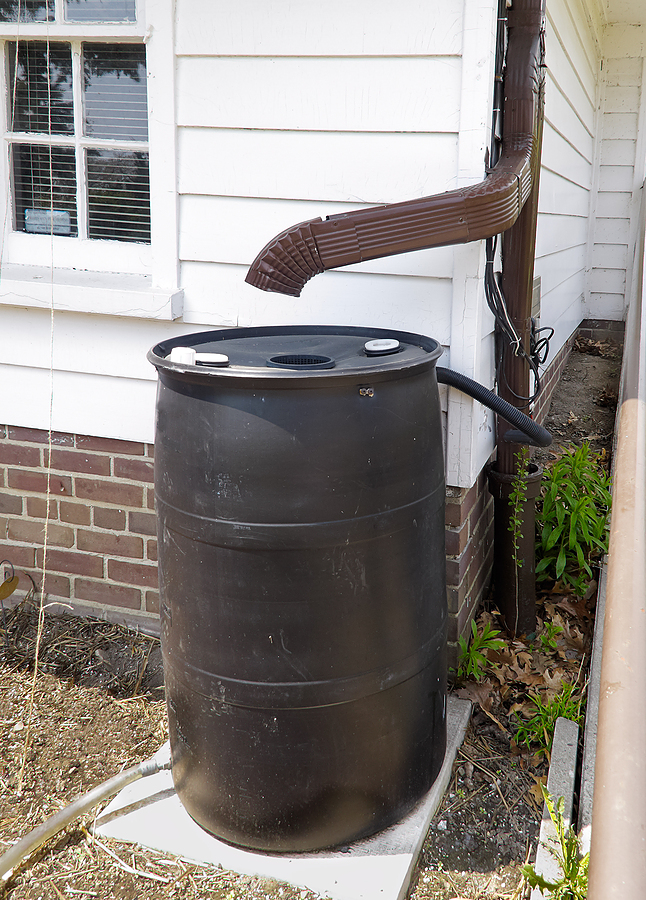
Capture rainwater
Cultivate your garden to capture rainwater. Surface cultivation will break up soil crusting caused by rainfall and irrigation and allow new rainfall to seep into the soil. Surface cultivation just 2 or 3 inches deep will help capture up to 70 percent of each rainfall. Cultivate lightly after every rainfall to break soil crusting.
Capture rainwater from rain gutters (not rooftops) in a large garbage can placed under rainspouts. This water can be used to make compost tea. Make compost tea by combining equal parts water and aged compost. Compost tea is nutrient-rich and will deliver the nutrients directly to the plant roots in soluble form. Remember plants “drink” their food.
Double-dig
Double-dig your garden to loosen the soil. Double digging can help turn your soil into a sponge. Double-digging involves turning the soil a spade’s length deep (about 12 inches) and loosening the next 12 inches of soil with a spading fork. Thus the soil is turned or loosened to a depth of 24 inches. Loose soil will allow water to seep deeper into your garden where it can remain until plant roots need it. Loose soil also allows plant roots to grow deeper and stronger, more readily able to withstand drought. But do not dig the soil after a rainfall (this will damage the soil) or when it is too dry; wait until it is just barely moist. A good time to double-dig your garden is in the fall.
Reduce the number of plants
Reduce the number of plants in your garden and space them further apart than normal; this is a basic dry gardening concept. Set plants at least 1½ times or greater than the spacing distance recommended on seed packets. When fewer plants are in the garden there will be more water to go around. For example, bush tomatoes that might normally be planted on 3-foot centers should be planted on 4 to 6-foot centers. (It is important to note that seeds must germinate under normal conditions; that is they must receive moisture to begin life and grow. Give seeds and seedlings all the water they need until they are established.)
Grow quick-maturing crops
Plant early maturing cultivars. Most vegetables include cultivars or varieties that are quicker maturing than others. Plant cultivars that reach maturity and come to harvest quickly. This strategy is not dry farming per se; it simply uses soil moisture early in the season while it is still available. Grow plants that require more water early in the season and allow vegetables that require less water to grow through the dry period.
Grow dwarf cultivars
Plant dwarf and mini cultivars. Smaller cultivars will have less stem and leaf surface from which moisture can evaporate (called transpiration). Dwarf and mini cultivars usually produce fruits and leaves that are smaller–sometimes called “meal size” crops. Smaller cultivars use less water.
Thin plantings
Thin plants on time. Thin seedlings when they are just an inch or two tall. Leave the strongest seedlings in place and use scissors to trim away the unwanted seedling at the soil level. Thinning is akin to weeding. It allows the plants you select to use valuable water and nutrients for growth and production. Water is not wasted on plants that will not succeed.
Harvest at maturity
Harvest your crops on time–at maturity or earlier. Take crops at their peak of growth and flavor. Don’t leave plants in the garden too long, the flavor will not be enhanced and crops will deteriorate.
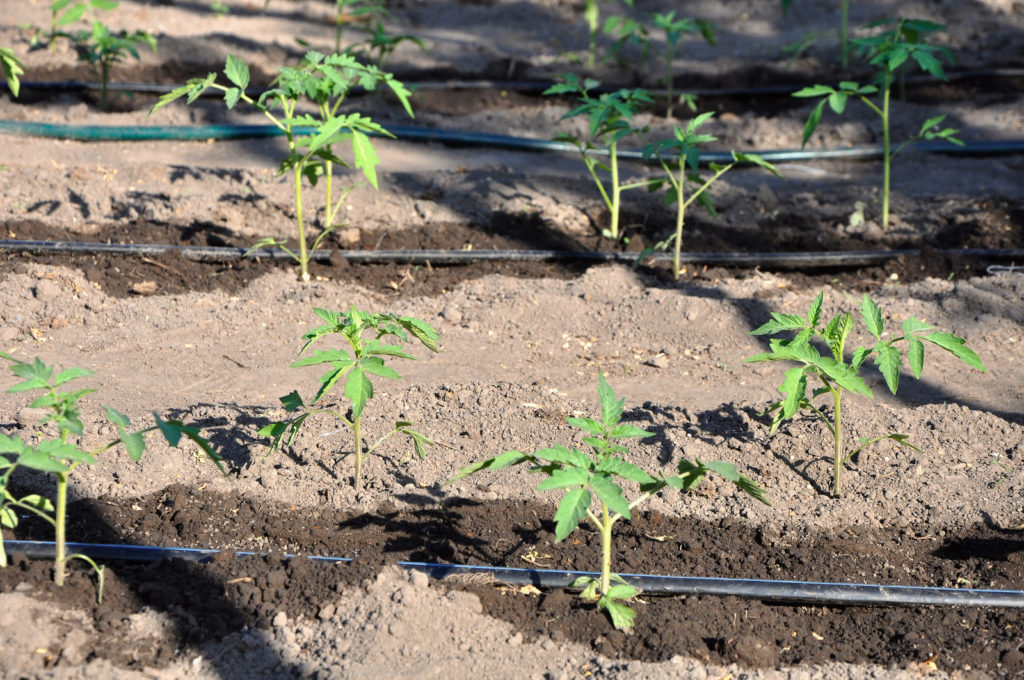
Drip irrigate
Use drip irrigation or a soaker hose if you irrigate. Set drip irrigation at the base of plants where the water will go quickly to the roots. Cover drip irrigation with straw or black plastic to slow soil surface evaporation. Place your irrigation on a timer.
Water deeply
Water plants deeply but infrequently. Plant roots follow the moisture. Water deeply by watering at a trickle allowing water to seep slowly down into the soil, not quickly run off. Water at night at the base of plants or water in the morning if you expect irrigation will hit plant leaves (this will allow leaves to dry before nightfall and avoid disease).
Use windbreaks
Protect your garden soil and plants from drying winds with a windbreak. Locate your garden away from prevailing winds behind a hedge or fence. Sunflowers and sunchokes (Jerusalem artichoke) can be grown as natural windbreaks.
Dust mulching
Dust mulching is a basic dry-farming method. Dust or dirt mulching disrupts the soil drying process essentially separating the upper layer of a garden’s soil from the lower layers. Soil moisture is a continuous film of water surrounding soil particles. As moisture enters the soil and seeps downward it forms a column of soil moisture from the surface to the deepest point where the moisture travels (called capillary water). When the weather warms, surface moisture evaporates, and soil moisture from below is drawn upwards to replace it; soil moisture is wicked from the ground via the evaporation from above. When the film of moisture in the soil becomes too thin, plants wilt and may die.
Dust mulching is simply soil cultivation to about 2 or 3 inches deep. Cultivation disturbs the soil surface and interrupts the wicking of soil moisture. The cultivated soil becomes a sort of mulch that protects the moisture below from being wicked to the surface and lost to evaporation.
Dust mulching is most effective if it is done after each rain or irrigation. It must be done when the soil is moist in order to interrupt the continuity of capillary water. Dirt mulching also keeps the soil loose and permeable and receptive to new rainfall or irrigation.
Stubble mulching
Stubble mulching protects the soil surface from the drying process of wind and sun. A stubble mulch is simply the organic remains of a harvested crop or live green manure. Not all of the previous crop is removed from the garden or a green manure crop is planted in its place. Use stubble mulches where there is no danger of crop stubble or garden debris hosting diseases or insects. A stubble crop should not be a member of the same plant family as the crop that will follow.
Clear fallowing
Clear fallowing is used by some farmers in dry regions to capture and store rainwater. No crops or vegetation are grown in a field for a year. The soil is cleared of all but crop stubble (which acts as a stubble mulch for a year) and rainfall is captured and stored. It is estimated that where the soil is well-worked to 18 inches deep, clear fallowing will retain up to 70 percent of precipitation. Clear fallowing, sometimes called summer fallowing, is done every other year in some dry regions.
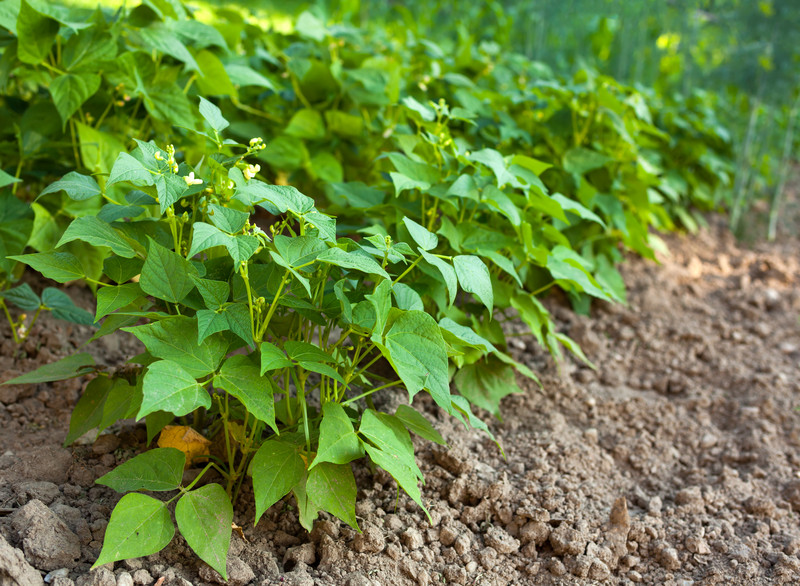
Vegetable varieties for dry gardens
If you live where water is scarce, choose vegetables that do not demand a lot of water. Here are drought-tolerant vegetable varieties that are very good performers. One note, even plants that do not require a lot of water, do require water to germinate and begin growing. Once these plants are well established, they will not need regular water.
Here are vegetables suited for dry gardens:
- Amaranth: green leaves used as vegetables; use thinnings raw in a salad, steam like spinach.
- Moth bean: nutty flavor, popular in India.
- Garbanzo bean, also called chickpea: bean for making humus and use in salads.
- Tepary bean: grows in desert and near-desert conditions, a common bean.
- Black-eyed peas, also called cowpeas: use beans to make vegetable soup.
- Yard-long asparagus bean: long, thin, crunchy pod often used in Chinese cooking.
- Snap beans and pole beans: require a short growing season and can draw on residual soil water.
- Chard
- Black Aztec corn: use black kernels for roasting.
- Eggplant
- Mustard greens: tangy, spicy salad green.
- Purslane: use as a salad green.
- New Zealand spinach: a warm-weather spinach use just as cool-weather spinach.
- Pearson tomato: old fashion flavor, used often for canning.
- Early Girl tomato: medium size, tasty.
- Super Roma tomato, Golden Nugget tomato.
- Sugar Baby watermelon: sweet-tasting icebox watermelon.
Planting vegetables for dry weather
Where drought conditions are anticipated, set plants at least 1½ times or greater than the spacing distance recommended on seed packets.
When fewer plants are in the garden, there will be more water to go around. For example, tomatoes that might normally be planted on 4-foot centers should be planted on 5 or 6-foot centers.
It is important to note that seeds must germinate under normal conditions; they must receive moisture to begin life and grow. Give seeds and seedlings all the water they need until they are established.
Related articles:
Garden Planning Books at Amazon:
- Vegetable Garden Almanac & Planner
- Kitchen Garden Grower’s Guide Vegetable Encyclopedia
- Vegetable Garden Grower’s Guide
- Tomato Grower’s Answer Book



